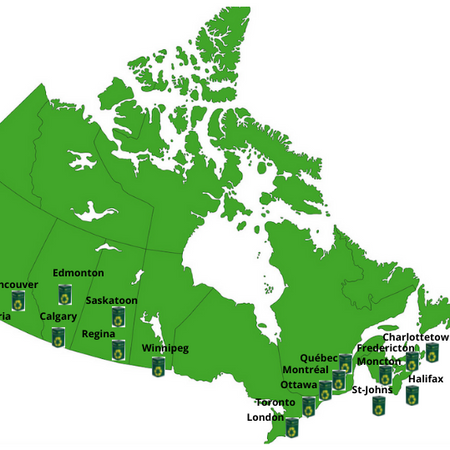
Description
Unique in Canada, here is our proposal
THE PROBLEM (PL)
Tennis is the 4th most polluting sports on the planet behind motor racing, ski, and golf. In fact, tennis balls are essentially composed of rubber (C5H8), wool (C16H14R7O8), and nylon (C12H22N2O2). Rubber and nylon are not biodegradable, and every tennis ball that is thrown out significantly and negatively impacts the environment. In fact, every year, more than 300 million balls end up in waste around the world, generating more than 48,000 metric tonnes of rubber residue that produces methane, a gas that is extremely harmful to our planet.
THE SOLUTION (PL)
Recycle Balls Canada is the first Canadian company to offer a turnkey recycling service for used tennis balls to indoor and outdoor tennis clubs. The non-profit organization’s mission is to raise clubs and player’s awareness of the importance of recycling used tennis balls rather than throw them in the garbage. The goal is to rally all outdoor and indoor tennis clubs across Canada and combine efforts to recycle used tennis balls and keep them out of landfill.
AN ECO-RESPONSIBLE OPERATION (PL)
Recycle Balls Canada’s operation process is summarized in 5 steps
1-Setting up strategic pick up and drop off location
Recycle Balls Canada identifies a strategic location in each metropolitan city within a 50 km radius of the participating tennis clubs to optimize and simplify the logistics side of the operation. Each club is responsible for picking up their ordered boxes and returning them when they are full, during the periods scheduled for this purpose, in October and May.
2- Installation of recycling bins
The participating clubs install 100% recyclable cardboard boxes that can hold up to 200 balls directly on the tennis courts to maximize the collection of used tennis balls. The green bin is 2 feet tall by 1 foot wide and the cost per box varies between $15 and $25, depending on the province.
3- Transportation
At the end of the outdoor or indoor season, clubs must return their full boxes to the drop-off location where they are trucked to the Vermont processing and recycling plant.
4- Sorting and grinding
Nearly two years have been invested in research and development to develop a machinery that grinds balls into rubber crumbs and removes 99% of the felt so that it can be reused.
5- Manufacturing and re-employment
The residual is then used to manufacture a variety of products including:
· Construction of new tennis courts
· Equestrian turfs mix
· Construction of rubber sports surface
· Installation of rubber mulch in municipal parks
Power in Numbers
30
Programs
50
Locations
200
Volunteers
Project Gallery



